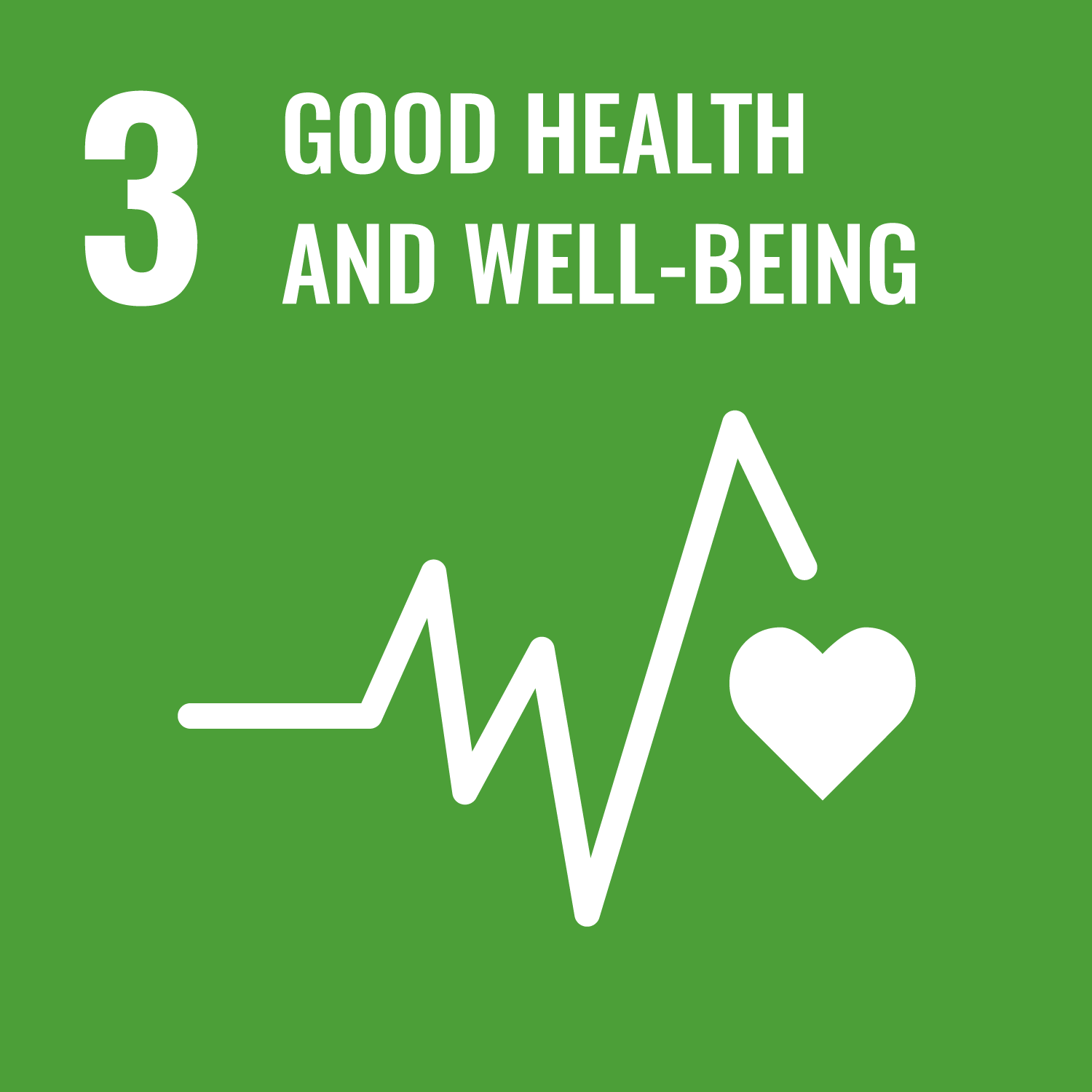Jose, A. orcid.org/0000-0001-7109-2692, Yogeswaran, A. orcid.org/0000-0001-9505-8608, Fuenderich, M. orcid.org/0009-0004-5457-9836 et al. (31 more authors) (2025) Survival outcomes and impact of targeted PAH therapy in portopulmonary hypertension in the PVRI GoDeep meta‐registry. Pulmonary Circulation, 15 (3). e70121. ISSN 2045-8940
Abstract
Portopulmonary hypertension (PoPH), a type of pulmonary arterial hypertension (PAH) in patients with liver disease, is associated with high morbidity and mortality. The relationship between cardiopulmonary hemodynamics, PAH therapy, and survival in PoPH remains unclear. We performed a retrospective cohort study of PoPH patients from the international pulmonary hypertension (PH) meta-registry, PVRI GoDeep. PAH was defined by a mean pulmonary arterial pressure > 20 mmHg, pulmonary arterial wedge pressure ≤ 15 mmHg, and a pulmonary vascular resistance (PVR) > 2 Wood Units. PoPH diagnoses were assigned by each center's PH specialist based on international guidelines at the time of enrollment. 246 incident PoPH patients met eligibility criteria and were included in the analysis, equally split between males (51%) and females (49%), with a median age of 54 years. When compared to both patients with IPAH and those with other subtypes of PAH (not classified as PoPH or IPAH), those with PoPH had significantly lower 5-year survival rates (46% vs. 68% vs. 65%, log-rank p < 0.001). Amongst the PoPH patients, however, there was no significant difference in 5-year survival when dichotomized by disease severity, either by a PVR of 5 Wood Units or a CI of 2.5 L/min/m2. Treatment of the PoPH patients with PAH-targeted therapies was associated with significantly higher 5-year survival rates compared to those not receiving such treatments, as shown by Kaplan–Meier analysis. This survival benefit was observed for PDE5i (50% vs. 34%, log-rank p = 0.029), ERA (58% vs. 34%, log-rank p < 0.001), and the combination of PDE5i and/or ERA (51% vs. 22%, log-rank p < 0.001), as well as any PAH-targeting treatment (50% vs. 26%, log-rank p = 0.007). Corresponding survival advantage was noted when including only PoPH patients with MELD Score ≥ 13. PoPH is a disease with significantly worse long-term survival than other PAH subtypes, but targeted PAH therapy is associated with a robust survival benefit. Survival did not differ across high-risk PVR and cardiac index thresholds, suggesting the factors that influence prognosis and survival in PoPH may be unique as compared to other PAH subtypes, and warrant further investigation.
Metadata
| Item Type: | Article |
|---|---|
| Authors/Creators: |
|
| Copyright, Publisher and Additional Information: | © 2025 The Author(s). Pulmonary Circulation published by John Wiley & Sons Ltd on behalf of Pulmonary Vascular Research Institute. This is an open access article under the terms of the Creative Commons Attribution-NonCommercial License (http://creativecommons.org/licenses/by-nc/4.0/), which permits use, distribution and reproduction in any medium, provided the original work is properly cited and is not used for commercial purposes. |
| Keywords: | Biomedical and Clinical Sciences; Cardiovascular Medicine and Haematology; Clinical Sciences; Rare Diseases; Women's Health; Lung; Cardiovascular; Good Health and Well Being |
| Dates: |
|
| Institution: | The University of Sheffield |
| Academic Units: | The University of Sheffield > Faculty of Medicine, Dentistry and Health (Sheffield) > School of Medicine and Population Health |
| Depositing User: | Symplectic Sheffield |
| Date Deposited: | 14 Jul 2025 11:09 |
| Last Modified: | 14 Jul 2025 11:09 |
| Status: | Published |
| Publisher: | Wiley |
| Refereed: | Yes |
| Identification Number: | 10.1002/pul2.70121 |
| Sustainable Development Goals: | |
| Open Archives Initiative ID (OAI ID): | oai:eprints.whiterose.ac.uk:229138 |


 CORE (COnnecting REpositories)
CORE (COnnecting REpositories) CORE (COnnecting REpositories)
CORE (COnnecting REpositories)